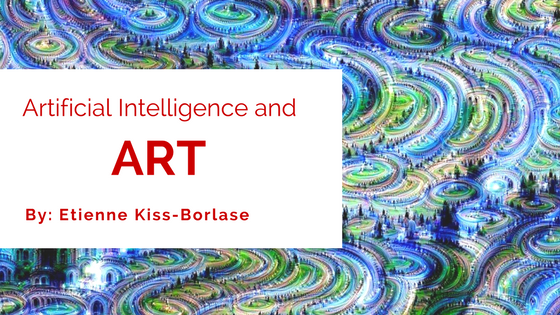Artificial intelligence is making inroads into just about every industry. Finance, medicine, and marketing are all being changed by discoveries made with artificial intelligence. One world that most people didn’t expect to be overtaken by AI is the art industry. However, like any other, it is being heavily influenced by the automation and technological advances of AI. Pieces created with neural networks are taking the art world by storm.
Just over a year ago, the portrait “Edmond de Belamy, from La Famille de Belamy” sold for over $400,000 at Christie’s in New York. It had been expected to sell for about $7,000 to $10,000. This painting, made with convolutional neural networks, is just one example of how the art world is reacting to artificial intelligence. This new technology is making a bigger splash than many people had expected.
Computers use convolutional neural networks to arrange and analyze images. This technology isn’t just used in the art world. It has applications in a number of industries. It’s the same type of artificial intelligence that is changing the way the medical profession interprets images from X-rays and MRI images. CNN uses style transfer. This process changes the tone of an image without changing the content. This is similar to the idea of a filter on an Instagram photo.
While some purists are alarmed that AI-created images are sharing space with the work of classical and popular artists, it is important to remember that computer-generated art dates to at least the 1950s. Some artists in the postwar period saw this art as an important antidote to emotional manipulations. For people who had lived through the rise of fascism and Hitler’s propaganda films, an art made without feeling seemed like a relief. It was hard to imagine how such works could be manipulated by politicians, and that seemed comforting.
Frieder Nake and Max Bense are some of the important names in that early period of computer-generated art. Although many people today feel that AI-generated art is just a grotesque display of technology, it’s important to remember that many respected art forms started off that way. Today, films are preserved by governments for posterity due to their cultural value. When that industry emerged, it was made up entirely of outsiders. It was considered vulgar. It will be interesting to see how history views AI-generated art.
